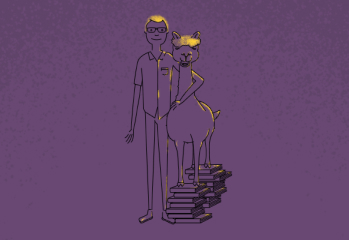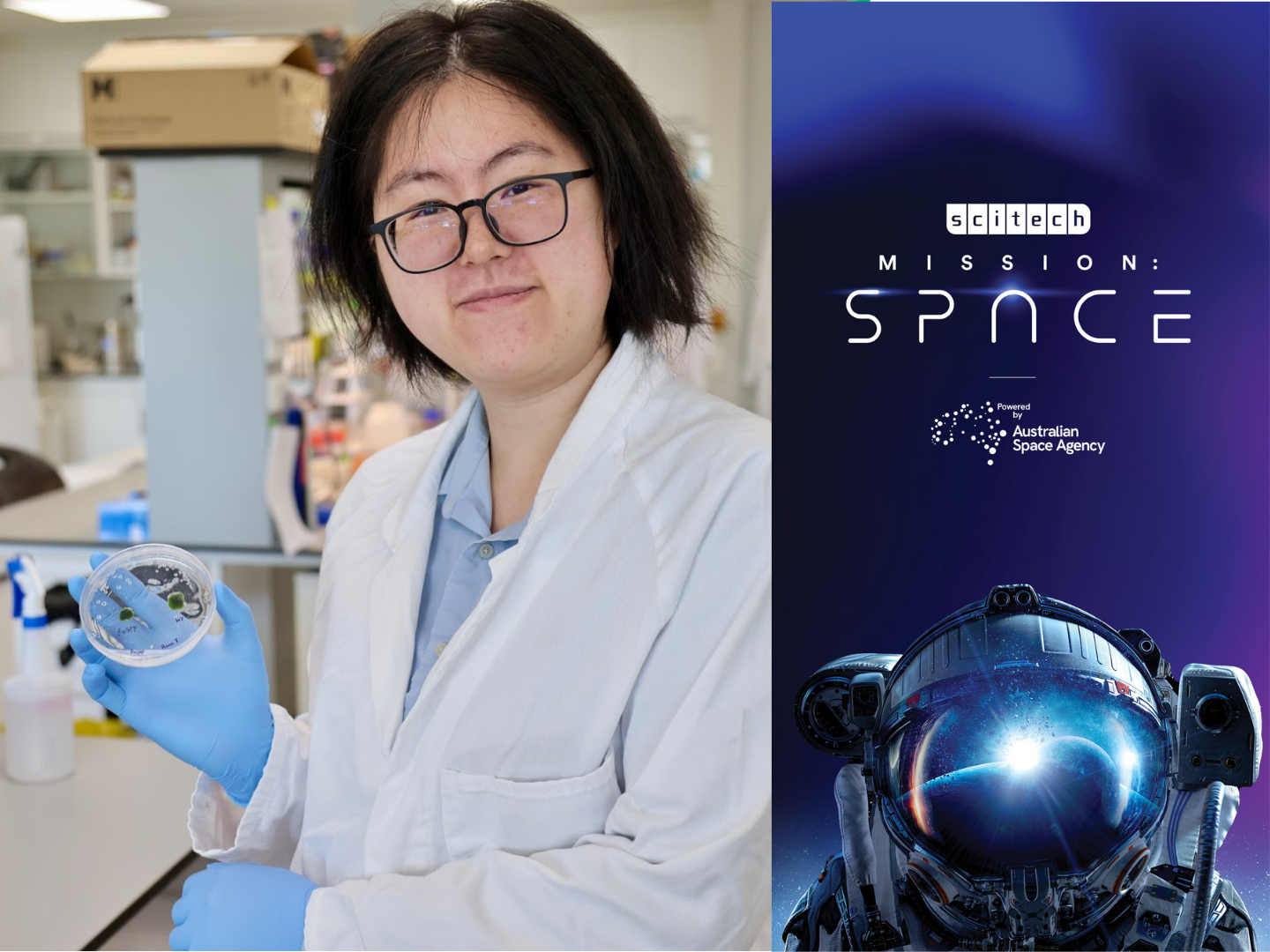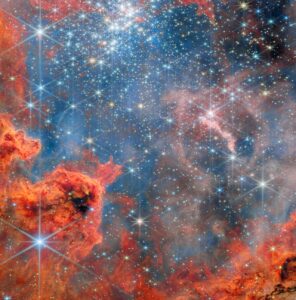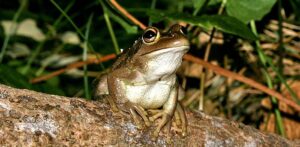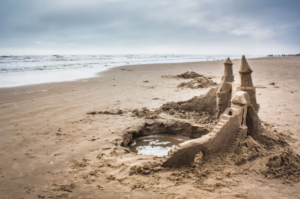Anna works in the ARC Centre of Excellence in Plants for Space at the University of Western Australia.
Its 7-year mission is to create plants that produce nutrients, drugs and even structural materials and to ensure those plants can survive in the harsh artificial environment of space habitats.
“We treat a plant like a biological factory,” says Anna.
“So you give the instruction, written in DNA, ‘please make this protein for me.’ And it will produce that protein – antibodies, vaccines, other nutrients.”
From there, astronauts can process the plant to purify the substances they need. Or, in the case of nutrients, they can just … eat the plant.
A budding scientist
Anna’s career didn’t start with space or plants. For most of high school, she aspired to become a professional basketballer.
Then a love of literature convinced her to become a writer. Anna only realised science might be for her at the end of high school.
While she initially felt biology was just memorisation, she learned more about biotechnology and realised how much creativity a science career required.
Caption: Anna says getting away from her workspace in the Plants for Space lab makes her a better scientist
Credit: Rockwell McGellin
“If people are interested in science, I would actually encourage having a side hobby,” says Anna.
“If you’re looking at science 24/7, you don’t get creative. You need that kind of inspiration coming from another direction.”
“Being a scientist doesn’t stop you from being everything else.”
Production plants
So far, Anna’s creativity has focused on moss. While that doesn’t sound very space age, in just a few months, Plants for Space has taken regular, boring moss and made it glow brightly under ultraviolet light to prove its DNA instructions are working.
Caption: The moss on the left, engineered by Anna’s colleague Patrick Gong, glows under UV light
Credit: Rockwell McGellin
“When you’re building a factory, the first thing off the production line is usually a prototype,” says Anna. “This is our prototype.
Sadly, the glowing moss won’t become part of astronaut diets. The plan is to move on to something bigger – and tastier.
“I haven’t tried eating moss myself,” says Anna, “but I don’t envision it to be very delicious.”
“If it’s a radish or a strawberry or something that we know is delicious, then that might be of more interest from the astronaut’s point of view.”
Respiration, transpiration … inspiration?
Anna’s not an astronaut – yet.
But her career has taken her around the world, from Hong Kong to Australia, Singapore and the United States, to a PhD at Cambridge, and back to Perth.
So if she was going to space, what plant would she take with her?
“It would actually be a flower – a rose!” says Anna.
Caption: Plants for Space is a 7-year project with research centres around Australia to create plants that will thrive in space
Credit: Rockwell McGellin
A bloom so thorny floating around a spacecraft sounds like a nightmare – but Anna insists it’s very comforting.
“My mum used to keep some in her garden, and then when I was in the UK, when I walked around the town, usually people grow roses in their garden too,” she says.
“Roses to me trigger a very fond memory. If I’m going to space, if I’m going to be far from all the things I’m familiar with, I want to bring some of that with me.”
“We are there to provide materials, to provide nutrients and to provide things that they can work with,” says Anna.
“Apart from all the physical benefits, we ought to provide them with a bit of joy, with a bit of hope, with a little bit of inspiration too.”
Anna is involved in the Mission: SPACE program delivered by Scitech and powered by the Australian Space Agency. You can register for this nationwide virtual excursion here.
